The mystery of death has captivated humanity for centuries, leading to diverse interpretations across cultures. Each culture’s unique understanding of death is reflected in powerful symbols that help individuals come to terms with its inevitability.
In this article, we will explore 30 popular symbols of death from around the world, uncovering their meanings and significance throughout history.
Additionally, we’ll delve into the spiritual importance of these symbols, revealing how they provide comfort and insight as we navigate the complexities of life and loss. Join us in discovering how these symbols illuminate our shared human experience.
1. The Grim Reaper
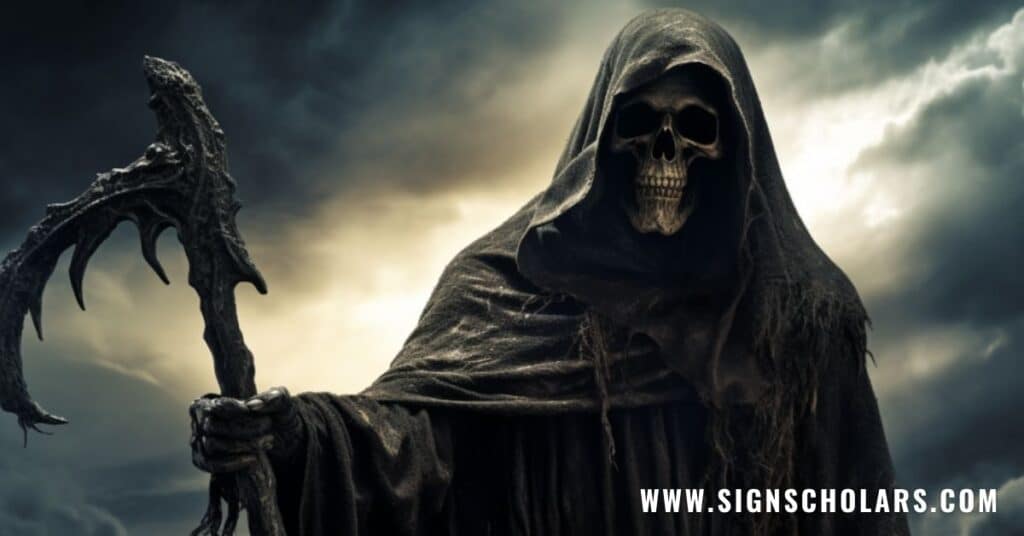
The Grim Reaper is perhaps the most iconic symbol of death. Depicted as a cloaked figure wielding a scythe, this personification of death serves as a reminder of mortality. Many cultures view the Grim Reaper as a guide for souls transitioning from life to the afterlife.
This chilling image evokes both fear and acceptance, emphasizing that death is an inevitable part of life. Whether in literature, films, or art, the Grim Reaper continues to haunt our collective imagination, reminding us to make the most of our time.
2. The Skull
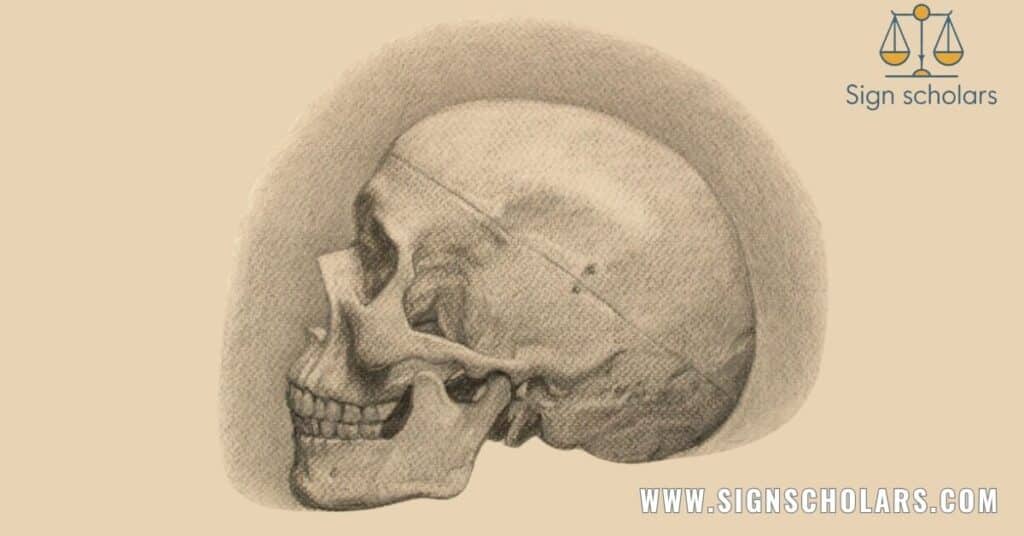
The skull is a powerful symbol representing death and mortality. Often associated with danger, the skull appears in various art forms, from pirate flags to Halloween decorations. It serves as a stark reminder of our human fragility. In many cultures, skulls are used in rituals to honor the dead, celebrating life rather than fearing death.
The phrase “memento mori,” which means “remember you must die,” captures the essence of the skull’s message: to live fully while being aware of our mortality.
3. The Hour Glass

The hourglass symbolizes the passage of time and serves as a reminder that our time on earth is limited. As sand slips through the narrow middle, it visually represents the inevitable approach of death. This image encourages us to reflect on how we spend our time.
In literature and art, the hourglass often appears alongside other symbols of death, urging viewers to consider the finite nature of life. It reminds us that every moment counts, pushing us to prioritize what truly matters.
4. The Coffin

The coffin is a direct representation of death, serving as the final resting place for the deceased. Often beautifully crafted, coffins can reflect the personality and life of the individual inside. Beyond its somber function, the coffin symbolizes the end of a journey and the beginning of another.
In many cultures, elaborate funerals and burial practices surrounding coffins highlight the importance of honoring those who have passed. This symbol prompts us to think about how we remember and celebrate life.
5. The Tombstone
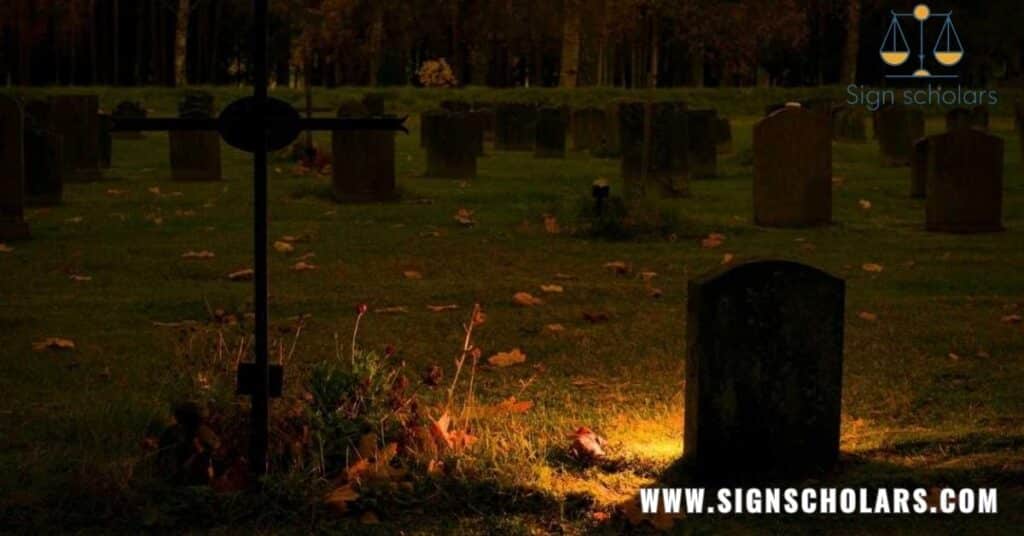
A tombstone marks the resting place of the deceased, often inscribed with names, dates, and epitaphs that tell a story. These stones serve not only as memorials but also as a way for the living to connect with their loved ones. The designs can range from simple to elaborate, reflecting cultural beliefs about death and remembrance.
Tombstones encourage us to reflect on our legacies and how we wish to be remembered. They stand as a testament to the lives once lived and the memories that endure.
6. The Vulture
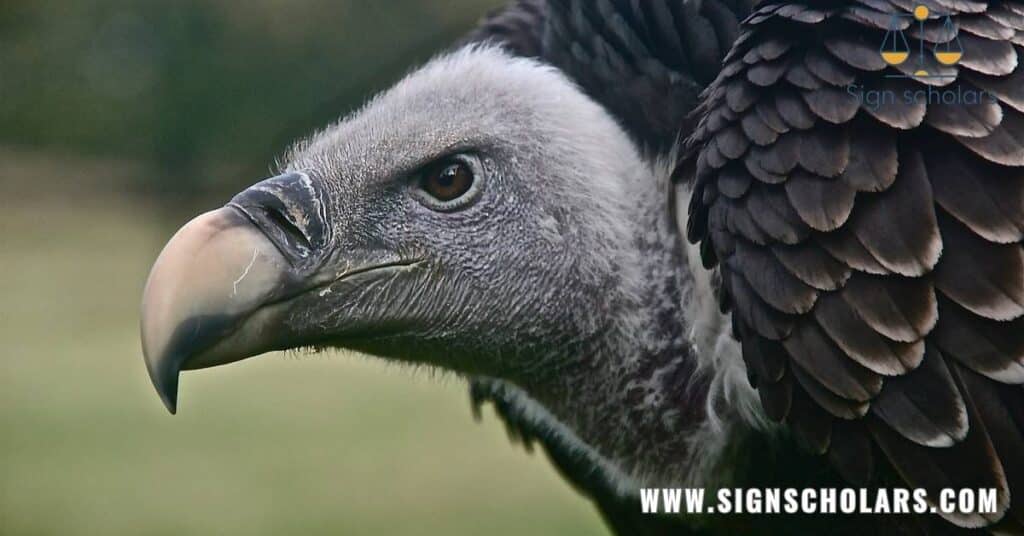
The vulture is often associated with death due to its scavenging nature. This bird cleans up the remnants of life, playing a crucial role in the ecosystem. In many cultures, vultures symbolize the cycle of life and death, reminding us that death is not an end but a part of the natural order.
While they may seem grim, vultures encourage us to embrace the idea of renewal and rebirth that follows death. They represent the importance of decay in sustaining new life.
7. Skeleton
The skeleton is a powerful symbol of death and the human body’s fragility. Often depicted in art and literature, skeletons remind us of our mortality. They serve as a metaphor for the underlying truth of our existence: that beneath our skin, we are all the same.
In many cultures, skeletons are celebrated during festivals like Día de los Muertos, where they symbolize the connection between the living and the dead. This celebration encourages a positive view of death, focusing on remembrance and honoring loved ones.
8. Dead Tree
A dead tree serves as a poignant symbol of death and the end of life cycles. Its barren branches and lifeless trunk evoke a sense of loss and decay. However, dead trees also play a vital role in ecosystems, providing habitats for various creatures.
In literature, the dead tree often represents the fragility of life and the inevitability of death. This duality invites reflection on the beauty of nature, even in its most desolate forms, reminding us that death can lead to new beginnings.
9. The Black Cat

The black cat has long been associated with superstition and death, often seen as a harbinger of bad luck. In various cultures, black cats are linked to witches and the supernatural. However, they also symbolize mystery and the unknown aspects of life.
In some traditions, a black cat crossing your path signifies a connection to the spirit world, suggesting that death is merely a transition rather than an end. This complex symbolism encourages us to embrace the mysteries surrounding life and death.
10. The Mourning Dove
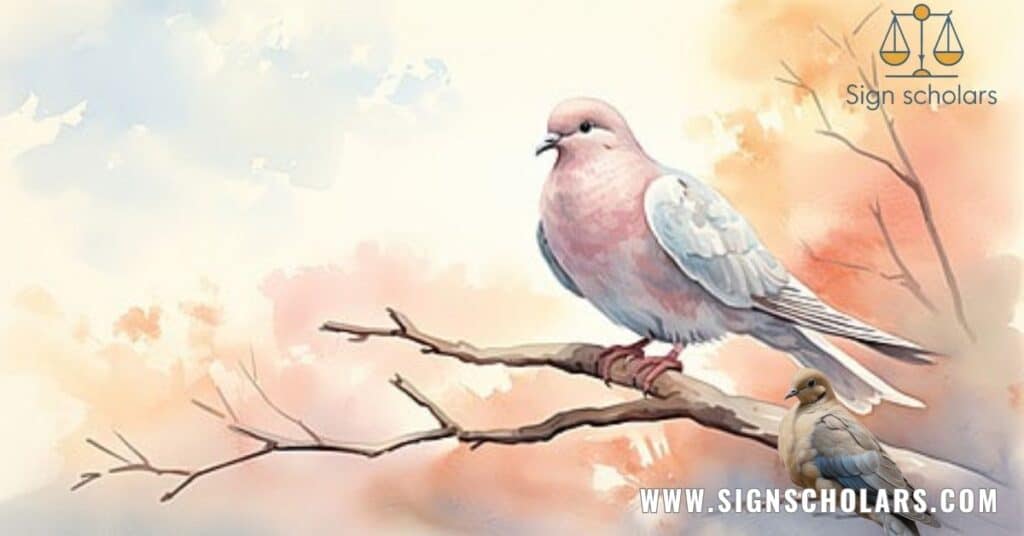
The mourning dove symbolizes loss and grief, often associated with mourning rituals. Its soft cooing calls evoke a sense of sorrow and reflection. In many cultures, the dove represents peace and hope, suggesting that even in grief, there is a possibility for healing.
The presence of a mourning dove can remind us to cherish our memories of those who have passed while encouraging us to find solace in the beauty of life. This gentle creature embodies the balance between grief and hope, prompting us to embrace both.
11. The Owl
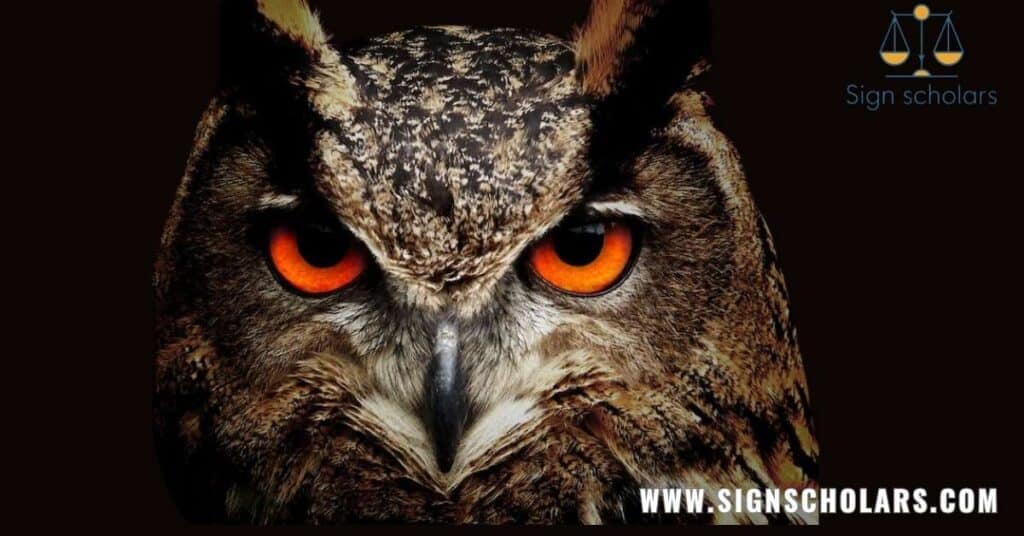
The owl is often regarded as a symbol of wisdom, but it also carries strong associations with death. Many cultures believe owls are messengers from the spirit world, guiding souls to the afterlife. Their nocturnal nature and haunting calls evoke mystery and the unknown.
In folklore, seeing an owl can signify impending death or serve as a warning of danger. This duality invites us to respect the natural cycle of life and death, reminding us that knowledge and mortality are intertwined.
12. The Bat
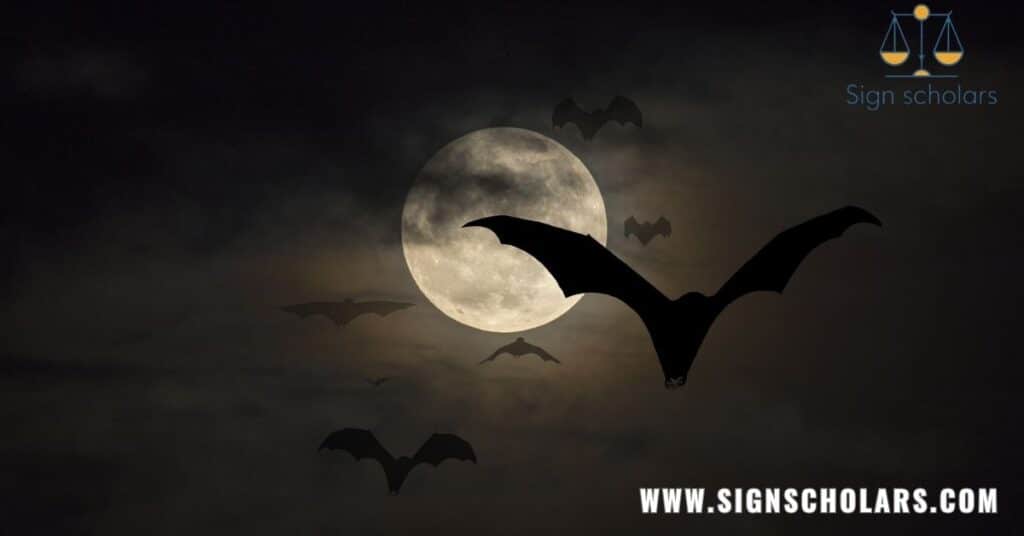
The bat is another creature closely linked to death and the supernatural. Often associated with darkness and the night, bats are seen as omens in various cultures. Their ability to navigate through the dark symbolizes the unknown aspects of life and death.
In some traditions, bats represent rebirth, as they emerge from the darkness into the light. This complex symbolism encourages us to embrace the cycles of life and death, reminding us that transformation often follows loss.
13. Ouroboros
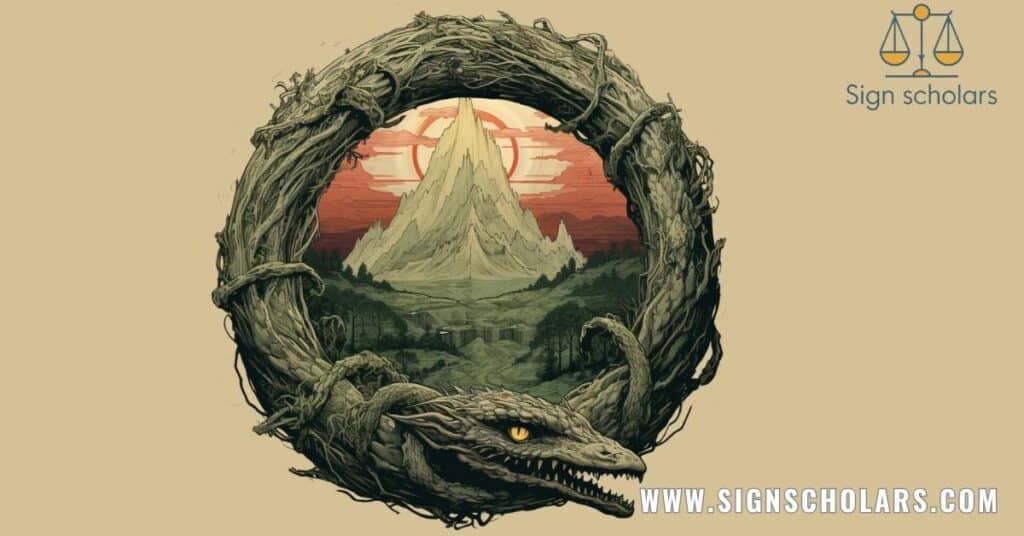
The Ouroboros, a serpent eating its own tail, is a powerful symbol of eternity and the cycle of life and death. Originating in ancient cultures, it represents the idea that death is not an end but a part of a continuous cycle. This imagery reminds us that life and death are interconnected, emphasizing the concept of renewal.
The Ouroboros invites reflection on our life journeys, encouraging us to see death as a transformation rather than a conclusion.
14. The Noose
The noose is a stark symbol often associated with death, particularly in the context of suicide or execution. It represents finality and the tragic nature of life. While it evokes feelings of despair, it also serves as a reminder to discuss mental health openly and compassionately.
The noose encourages us to address the darker aspects of our existence, fostering understanding and support for those in need. It reminds us that while death can be a heavy topic, it is essential to approach it with sensitivity.
15. The Cross
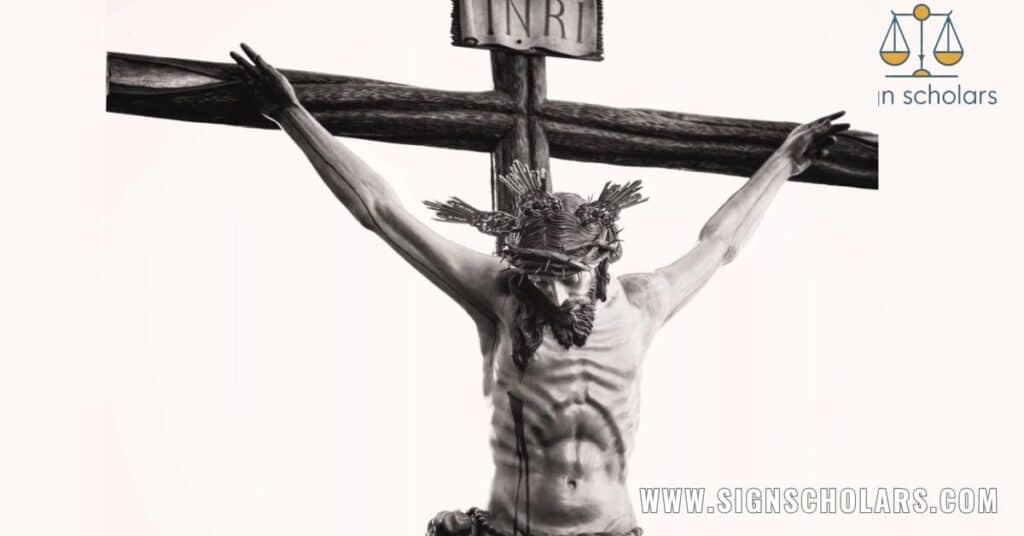
The cross is a prominent symbol in Christianity, representing the sacrifice of Jesus Christ and the promise of eternal life. While it signifies death, it also embodies hope and resurrection. The cross invites reflection on the duality of life and death, highlighting the belief that death is not the end but a transition to a new existence. This symbol encourages individuals to find comfort in their faith, emphasizing that love and life can prevail even in the face of mortality.
16. Extinguished Candle
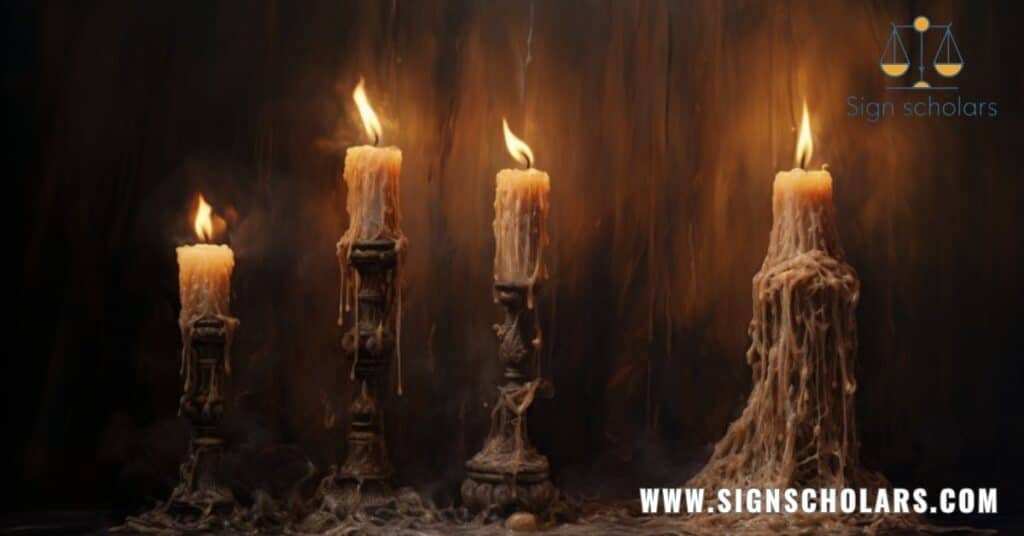
An extinguished candle symbolizes the end of life and the fading of a soul. The flickering flame represents vitality, while its extinguishment signifies death. Candles are often lit during memorial services to honor the deceased, reminding us of their light in our lives.
This image evokes a sense of loss but also encourages us to cherish the memories of those who have passed. The extinguished candle serves as a poignant reminder that while life may end, love and memories endure.
17. The Mirror
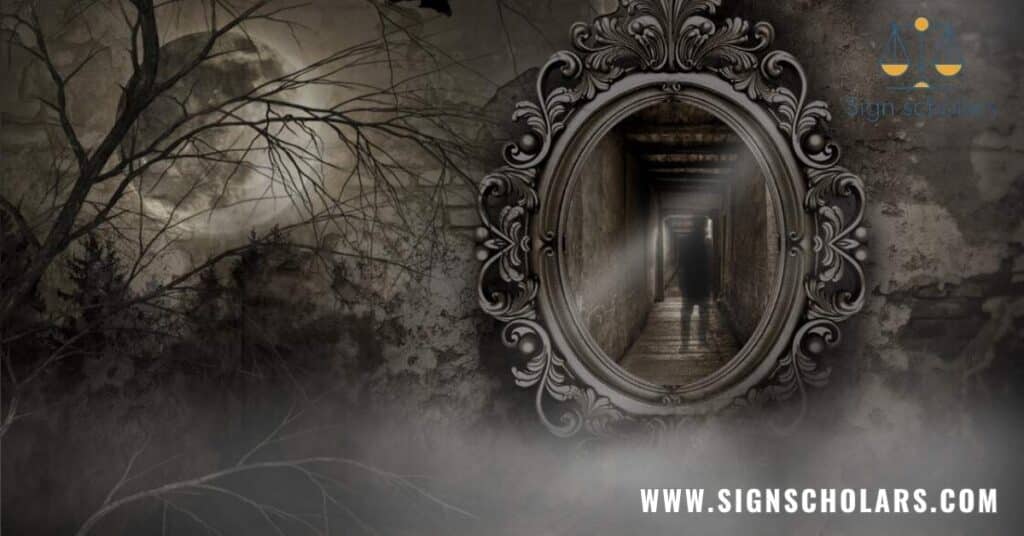
The mirror symbolizes reflection and self-awareness, but it also carries connotations of death. In many cultures, mirrors are believed to trap souls or reflect the fragility of life. The idea that one may see a glimpse of the afterlife in a mirror adds to its mystique.
This symbol encourages introspection, reminding us to consider our own mortality and the legacies we leave behind. The mirror invites us to confront our fears and embrace the beauty of our existence.
18. The Snake

The snake is often associated with death and rebirth, embodying the cycle of life. In various cultures, snakes symbolize transformation due to their ability to shed their skin. This act represents renewal and the idea that death can lead to new beginnings.
While snakes can evoke fear, they also remind us of the interconnectedness of life and death. Their presence encourages a deeper understanding of the natural world, highlighting the beauty and complexity of existence.
19. Rotting Flesh
Rotting flesh serves as a stark reminder of mortality and the inevitability of decay. It symbolizes the physical limitations of life and the natural process of decomposition. While this imagery can be unsettling, it encourages us to confront the realities of death and the cycle of life.
In literature and art, rotting flesh often signifies the passage of time and the transient nature of existence. This symbol invites reflection on how we honor the lives of those who have passed and how we choose to live our own lives.
20. Blood

Blood is a powerful symbol of life and death, representing vitality and the end of life. In many cultures, blood is associated with sacrifice, signaling a connection between life and mortality. It serves as a reminder of our shared humanity and the fragility of existence.
Blood rituals often mark significant life events, emphasizing the importance of remembering those who have passed. This symbol invites us to reflect on our connections to others and the legacies that endure beyond death.
21. The Black Butterfly
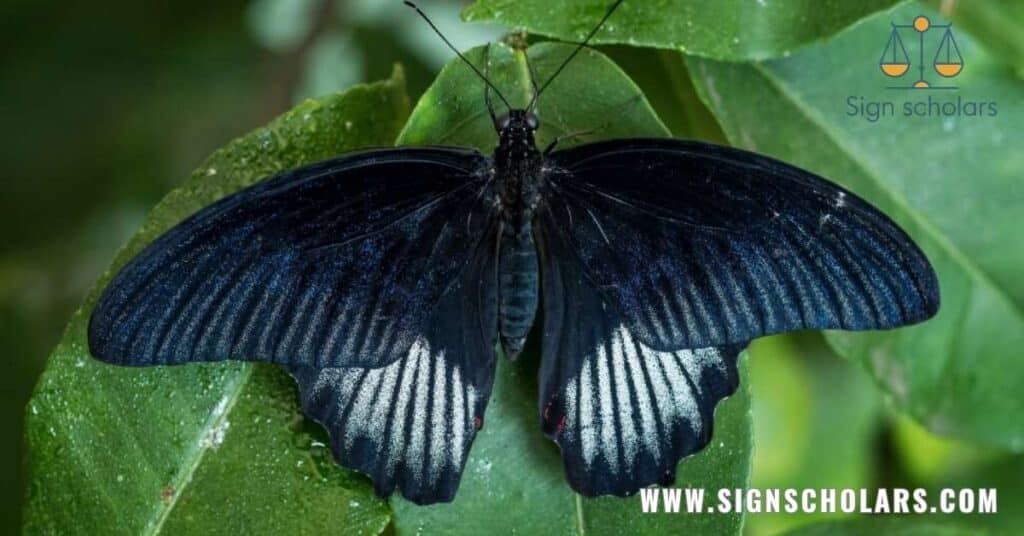
The black butterfly symbolizes transformation and the soul’s journey after death. Often viewed as a sign of change, black butterflies can signify the passing of a loved one or the transition to a new phase of existence.
In some cultures, they are seen as messengers from the spirit world, encouraging us to embrace change and reflect on our own mortality. This delicate creature invites us to find beauty even in moments of loss, reminding us that life continues in various forms.
22. The Waning Moon

The waning moon, representing the phase of decline, symbolizes the end of cycles and the approach of death. As the moon shrinks from full to new, it serves as a reminder of life’s transient nature. In many cultures, the waning moon is associated with introspection and letting go, encouraging us to reflect on what we must release to move forward.
This celestial body invites us to embrace the inevitability of change, teaching us that endings can lead to new beginnings.
23. The Funeral
A funeral is a solemn event that symbolizes the final farewell to a loved one. It serves as a cultural ritual to honor the deceased, allowing friends and family to gather and share memories. Funerals can vary widely across cultures but often include elements like eulogies, prayers, and symbolic gestures.
This gathering provides a space for grieving and healing, reminding us of the importance of community in times of loss. Funerals encourage us to celebrate life while acknowledging the reality of death.
24. The Plague Doctor
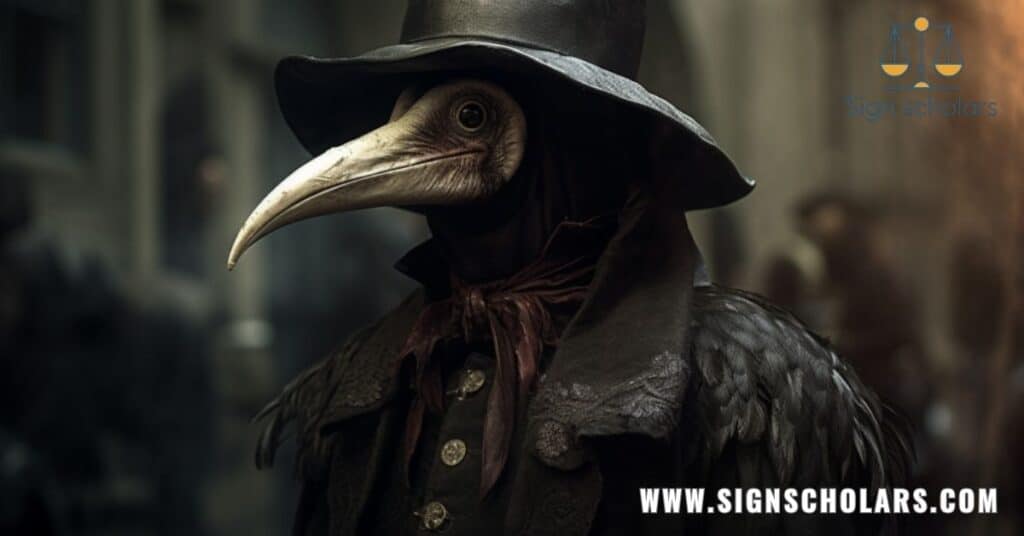
The plague doctor, often depicted wearing a beaked mask and dark clothing, symbolizes death during times of epidemics. Historically, these figures treated victims of the bubonic plague, representing society’s struggle against mortality.
The eerie appearance of plague doctors evokes fear and highlights the vulnerability of life. Today, they serve as reminders of historical pandemics and the ongoing fight against disease. Their imagery encourages us to reflect on the fragility of health and the inevitability of death.
25. Phoenix
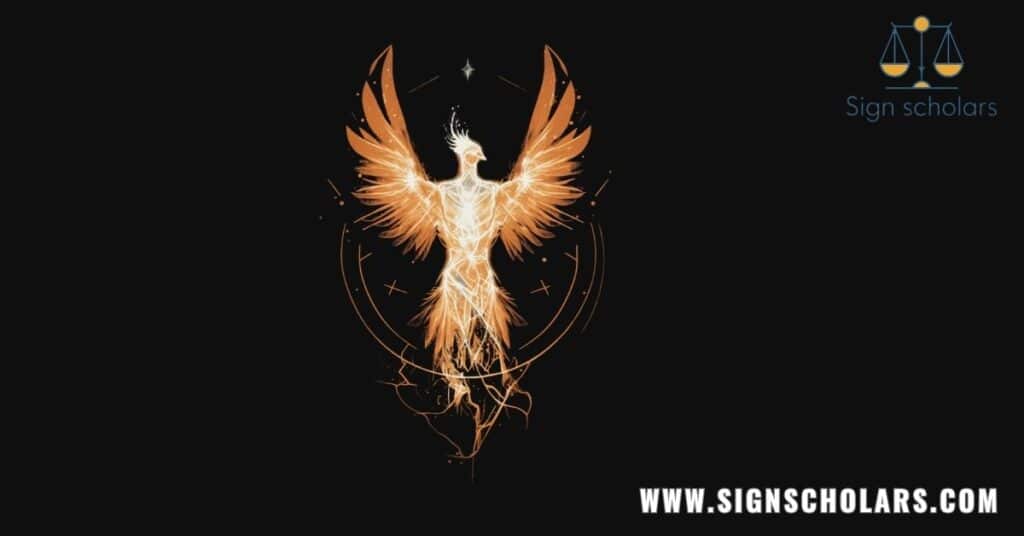
The phoenix, a mythical bird that rises from its ashes, symbolizes rebirth and immortality. While often associated with life, it also embodies the idea that death is not an end, but rather a transformation. The phoenix teaches us that through loss and destruction, new life can emerge.
This powerful symbol encourages us to view death as a natural part of life’s cycle, inspiring hope and resilience in the face of adversity.
26. Crows & Ravens
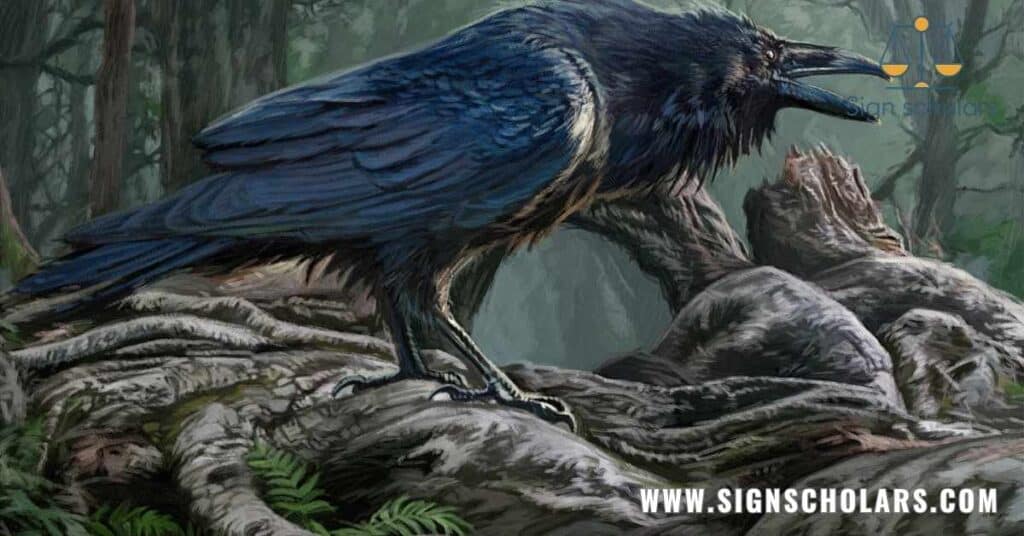
Crows and ravens are often seen as omens of death, linked to the supernatural and the unknown. Their dark feathers and haunting calls evoke a sense of mystery and foreboding. In many cultures, these birds are believed to be messengers between the living and the dead, guiding souls on their journey.
While they may symbolize death, crows and ravens also represent intelligence and adaptability, reminding us that life continues even in darkness.
27. Scythe
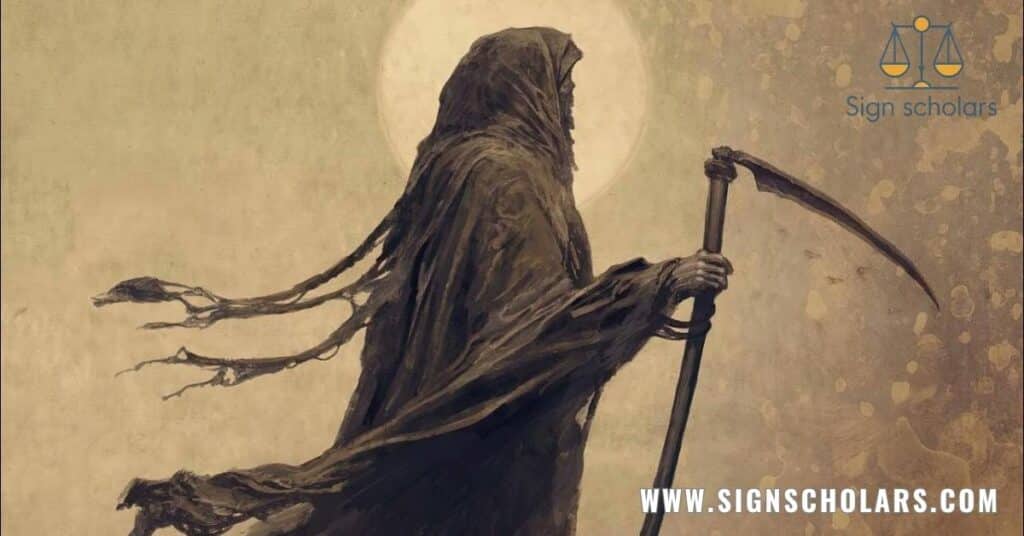
The scythe, often associated with the Grim Reaper, symbolizes the harvesting of souls and the inevitability of death. This agricultural tool represents the end of life cycles, emphasizing that death is a natural part of existence.
The image of the scythe encourages us to confront our mortality and consider how we use our time. It serves as a reminder that, much like crops, our lives have a season, urging us to make the most of the time we have.
28. The Color Black
Black is universally recognized as a color of mourning and death. In many cultures, wearing black at funerals signifies respect for the deceased and the somber nature of loss. The color black evokes feelings of grief, but it also represents the unknown and the mysterious aspects of life.
While it may seem heavy, black serves as a canvas for reflection, reminding us of the depth of our emotions surrounding death and the importance of honoring those we’ve lost.
29. Poppy
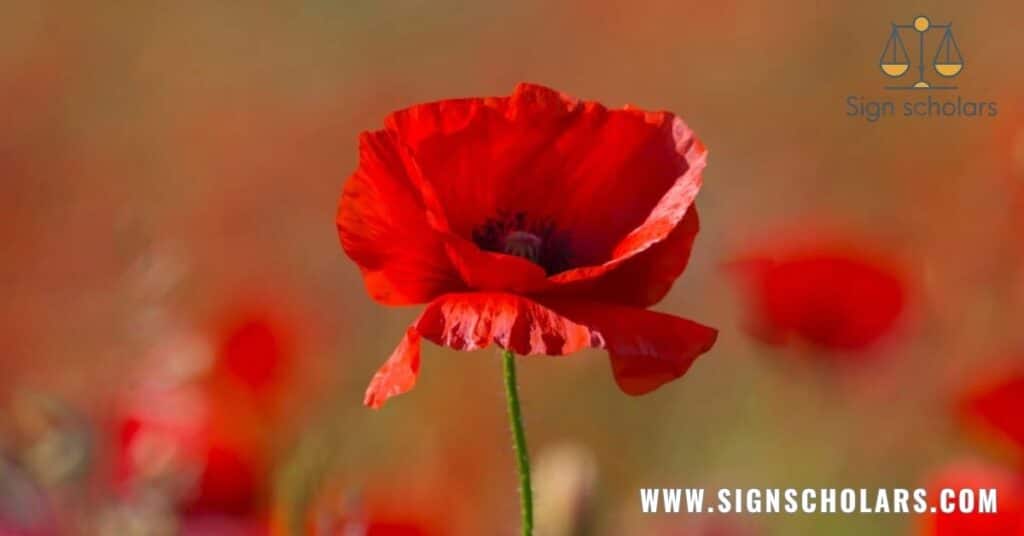
The poppy is a powerful symbol of sleep and death, particularly in relation to soldiers who have died in battle. Its vibrant red color represents both the blood spilled and the beauty of life. In many cultures, poppies are used to commemorate those who have fallen, symbolizing remembrance and peace.
The flower encourages us to honor the sacrifices made by others while reminding us to cherish the fleeting moments of life.
30. Stairway to Heaven
The stairway to heaven symbolizes the journey from life to the afterlife. Often depicted in art and literature, this imagery represents the transition between worlds. It invites reflection on what lies beyond death and encourages hope in the belief that there is something greater awaiting us.
The stairway serves as a metaphor for the choices we make in life, urging us to consider our paths and the legacies we leave behind.
Conclusion
In exploring the symbols of death, we uncover profound insights into the human experience and our journey through life. Each symbol, from the Grim Reaper to the phoenix, reflects the interconnectedness of life and mortality, reminding us to value our time and the legacies we create.
As we navigate our own paths, it’s essential to embrace both the challenges and transformations, understanding that every step shapes our career and enriches our lives. Ultimately, our worth is measured not just in achievements but in the meaningful connections we forge along the way.


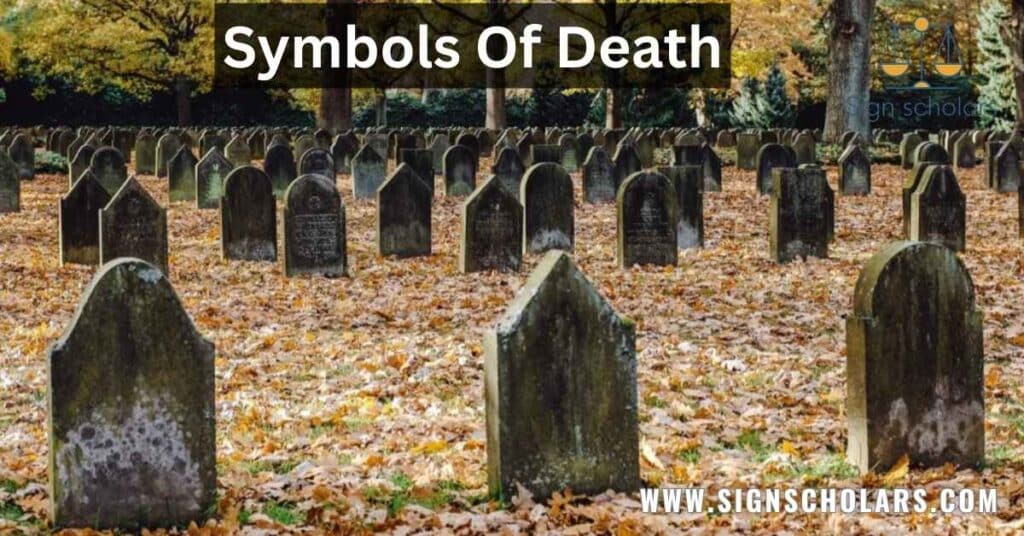

![Mike Bickle Net Worth 2025 [UPDATE]: Personal Life and Controversies](https://signscholars.com/wp-content/uploads/2025/06/mike-bickle-net-worth-2025-personal-life-and-controversies-150x150.jpg)
![Roll Tide Willie Net Worth [UPDATE]: How Rich Is He in 2025?](https://signscholars.com/wp-content/uploads/2025/06/roll-tide-willie-net-worth-how-rich-is-he-in-2025-150x150.jpg)

